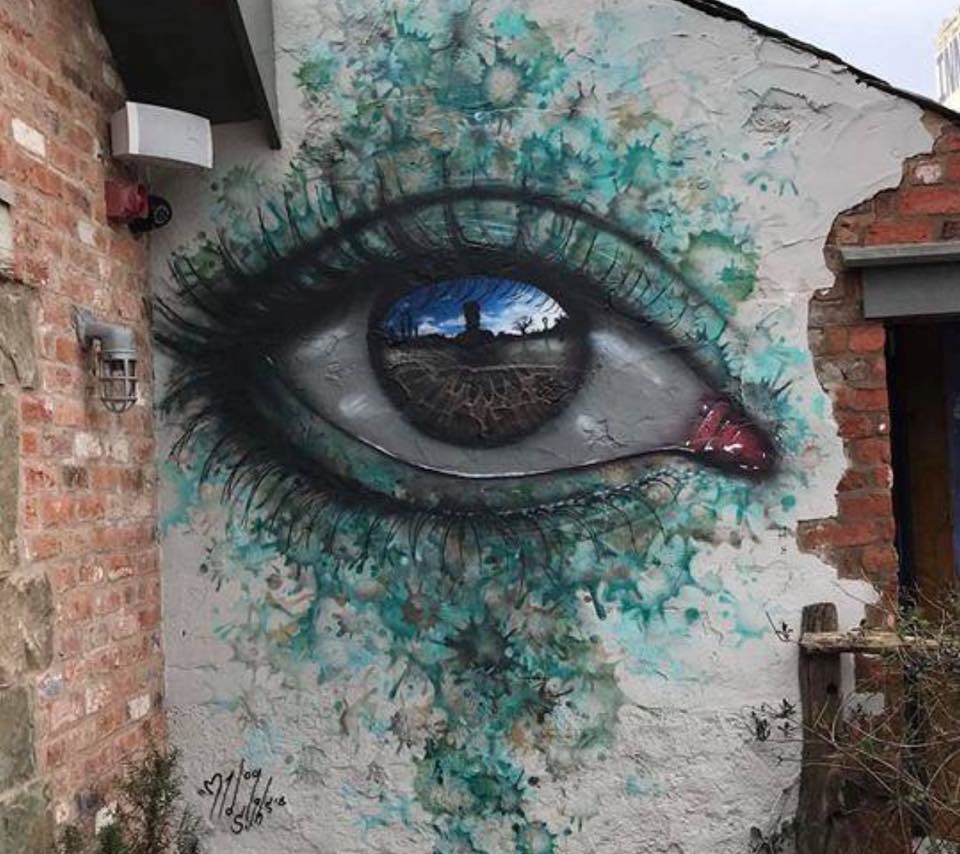Infectious conjunctivitis (pink eye) is the most frequently diagnosed eye infection in the US, with up to 6 million cases every year.
Conjunctivitis can also occur from allergies and chemical irritants, so it is best to have your eyes examined by an eye doctor for an accurate diagnosis and treatment plan.
What is conjunctivitis?
The conjunctiva is the thin membrane that covers the white part of the eye. When bacteria or viruses enter the eye, it causes inflammation of the tiny blood vessels in the conjunctiva, giving a pink or red appearance to the eyes.
While bacterial and viral conjunctivitis are both referred to as ‘pink eye’, each present with different symptoms and require different treatment methods.
Since infectious conjunctivitis is highly contagious, it is important to have your eyes examined by an eye doctor as soon as symptoms appear to receive an effective treatment plan.
What is bacterial conjunctivitis?
Bacterial conjunctivitis accounts for over 1 million primary care visits in the US each year.
Bacterial conjunctivitis is most commonly caused by staphylococcal, streptococcus or hemophilic bacteria. This type of conjunctivitis usually affects only one eye, but can be present in both eyes.
Common symptoms of bacterial eye infection include:
- Whites of the eyes appear pink or red
- Swollen eyelids
- Burning in the eyes
- Scratchy feeling in the eye
- Excessive tearing
- Yellow or green discharge from the eye
- Crusting on the eyelashes, especially in the morning
Treatment of bacterial conjunctivitis generally involves antibiotic eye drops or ointments to eliminate the infection.
SEE RELATED: Why Do My Eyes Feel Sore?
If you have ‘pink eye’, schedule an eye appointment with an eye doctor near you as soon as possible.
What is viral conjunctivitis?
Viral conjunctivitis is the most common type of pink eye, accounting for over 80% of all conjunctivitis infections, and almost 5 million annual cases in the US alone.
Viral conjunctivitis typically affects both eyes and usually accompanies a cold, sore throat, runny nose or fever.
Common symptoms include:
- Whites of the eyes appear light pink or salmon color
- Itchy eyes
- Excessive tearing
- No presence of discharge
Viral conjunctivitis generally resolves on its own within three to seven days, without any treatment. Placing cold compresses on your eyes and applying artificial tears eye drops can help to alleviate your symptoms as the virus makes its way out of your system.
Once the eyes have stopped tearing, you are no longer contagious. Be sure to inform your eye doctor if symptoms persist after a few days.
Is it safe to wear contact lenses with conjunctivitis?
No.
It is not safe to wear contact lenses with any type of conjunctivitis, as germs can remain on the surfaces of your lenses and reinfect your eyes.
If you wore disposable contact lenses while your eyes were infected, resume contact lens wear with a fresh pair— but only after you have completed your antibiotics or have been given approval by your eye doctor.
How can I prevent pink eye from spreading to other family members?
Being careful with personal hygiene is the best way to protect your family members.
Wash your hands frequently, avoid sharing pillows and sheets and refrain from touching your eyes as much as possible!
LEARN MORE: Guide to Eye Conditions
‘Pink eye’ can be highly contagious, schedule an appointment with an eye doctor near you as soon as you notice any symptoms.
Bacterial and viral conjunctivitis are both referred to as ‘pink eye’, but each present with different symptoms and require different treatment methods.
Infectious conjunctivitis is highly contagious, so have your eyes examined by an eye doctor as soon as symptoms appear to receive an accurate diagnosis and effective treatment plan.


